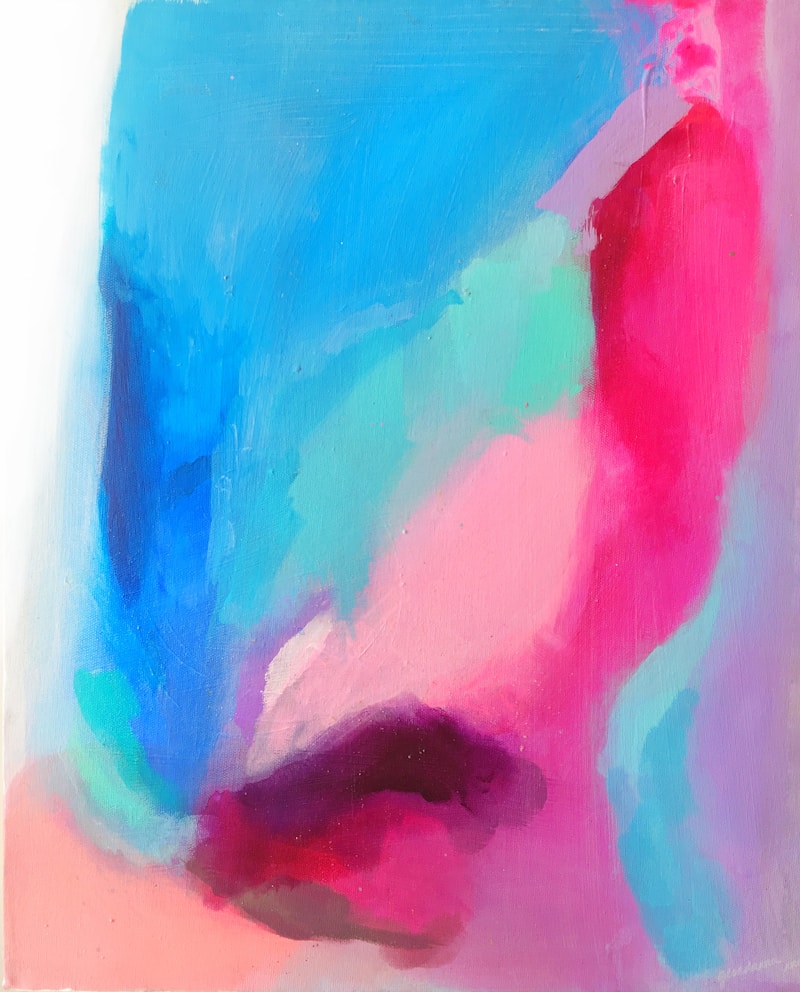Finding Inspiration in Different Eras: A Journey Through Time
Introduction
In a world that is constantly evolving, finding inspiration in different eras can uniquely shape our creativity and idea generation. Whether you are an artist, writer, designer, or simply someone looking to rejuvenate your life with fresh ideas, drawing from the past can open up a treasure chest of artistic endeavors. This article explores how various historical periods have influenced contemporary creativity, offering insight into methods of accessing this inspiration and its relevance in today’s context.
The Value of Historical Context in Creativity
Understanding historical contexts is crucial in appreciating the depth of inspiration each era can provide. By analyzing different time periods, we can uncover themes, styles, and philosophies that resonate with our current experiences. Here we will take a closer look at several significant eras and what they can teach us.
The Renaissance: A Rebirth of Ideas
The Renaissance, spanning from the 14th to the 17th century, marked a period of incredible cultural revival. Artists such as Leonardo da Vinci and Michelangelo pushed the boundaries of creativity and innovation. Their art was characterized by realism, humanism, and an emphasis on the natural world.
Today, we can gain inspiration from the Renaissance by adopting a multidisciplinary approach. Just as Renaissance thinkers merged art, science, and philosophy, modern creatives can benefit from cross-pollination between various fields to spark new ideas.
The Romantic Era: Embracing Emotion
The Romantic Era of the late 18th and early 19th centuries shifted focus towards emotion, nature, and individualism. Poets like William Wordsworth and artists such as Caspar David Friedrich emphasized the power of the human experience and emotions, finding beauty in nature’s raw authenticity.
To draw inspiration from the Romantic Era, one must embrace personal feelings and experiences. Creating art or writing that reflects genuine emotions can resonate deeply with audiences, making connections that stark realism often lacks.
The Modernist Movement: Breaking Traditions
The Modernist movement, prominent in the late 19th and early 20th centuries, was characterized by a desire to break away from tradition. Artists like Pablo Picasso and Virginia Woolf challenged conventional narratives and forms, paving the way for new styles and ideas.
This era teaches us the importance of innovation and the courage to subvert norms. By questioning existing frameworks, modern creators can explore uncharted territories, pushing the boundaries of what's possible.
How to Find Inspiration from the Past
Finding inspiration from different eras requires intentionality and mindfulness. Here are some strategies to incorporate historical influences into your creative process:
| Strategy | Description |
| Research | Dive into books, documentaries, and art from various periods to understand their essence. |
| Experimentation | Try incorporating styles or themes from different eras into your projects. |
| Community Engagement | Join forums or groups focused on historical art and literature for collaborative inspiration. |
Embracing Digital Resources
In our digital age, accessing a wealth of historical information has never been easier. Online platforms such as digital libraries, art collections, and virtual museums can serve as invaluable resources. Use search terms like  to explore specific themes and artistic expressions. These platforms not only offer visual references but also contextual narratives that enhance understanding.
to explore specific themes and artistic expressions. These platforms not only offer visual references but also contextual narratives that enhance understanding.
Case Studies: Creatives Inspired by History
Throughout the years, many contemporary artists and writers have successfully drawn inspiration from historical contexts. For instance, the fashion designer Alexander McQueen often incorporated elements of Victorian elegance into his collections, fusing the past with modern trends. Similarly, filmmaker Wes Anderson’s vintage aesthetic frequently references various eras, creating a nostalgic yet modern filmmaking style.
These examples underline a significant point: inspiration is not confined to its original era but can be reinvented and rebirthed, adapting to modern sensibilities.
Common Questions Regarding Historical Inspiration
As we explore the vast landscape of inspiration from different eras, there are several common questions that arise:
- How do I know which era resonates with me? Personal interest plays a crucial role. Explore various periods through reading and art to discover what captivates your imagination.
- Can I blend different eras in my work? Absolutely! Blending styles from multiple historical contexts can result in unique creations, enhancing their depth and meaning.
- Is it necessary to abide by historical accuracy? While understanding historical accuracy is beneficial, creative expression can often bend these rules to achieve an intended effect.
The Importance of Cultural Sensitivity
When drawing inspiration from historical periods, especially those outside your cultural background, it’s essential to approach the subject with sensitivity. Acknowledging the context and implications behind certain styles or concepts is crucial to avoiding cultural appropriation. Engage with the material respectfully, understanding its significance to those who hold it dear.
Conclusion: The Endless Stream of Inspiration
Finding inspiration in different eras is a captivating journey that can breathe new life into your creative endeavors. By exploring historical contexts, embracing emotional engagement, and honoring cross-disciplinary approaches, you can cultivate a rich reservoir of ideas that transcend time.
As you navigate this journey through time, ensure you remain mindful of the cultural and emotional significance of your sources. The lessons learned from the past can be transformative, encouraging a more profound connection with your craft and your audience. Remember that inspiration is timeless, waiting to be rediscovered and reimagined in your unique voice.